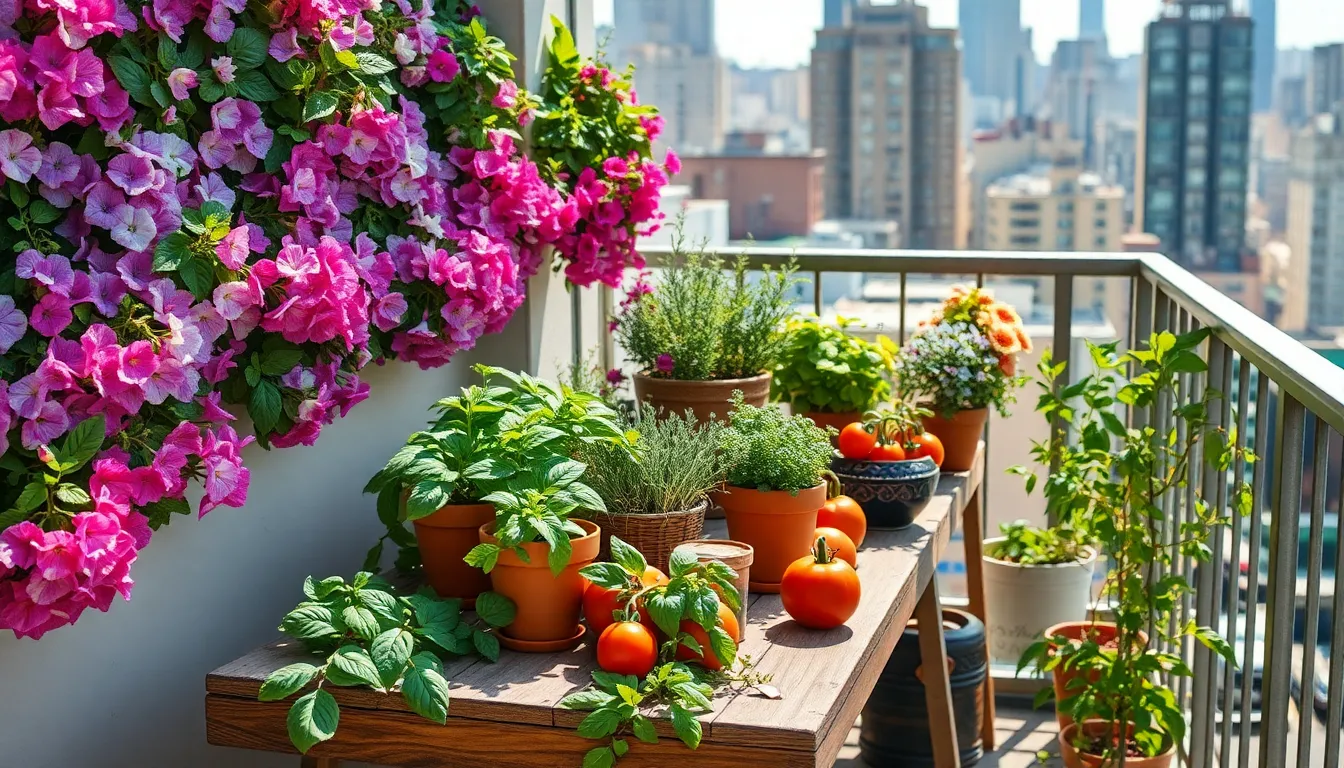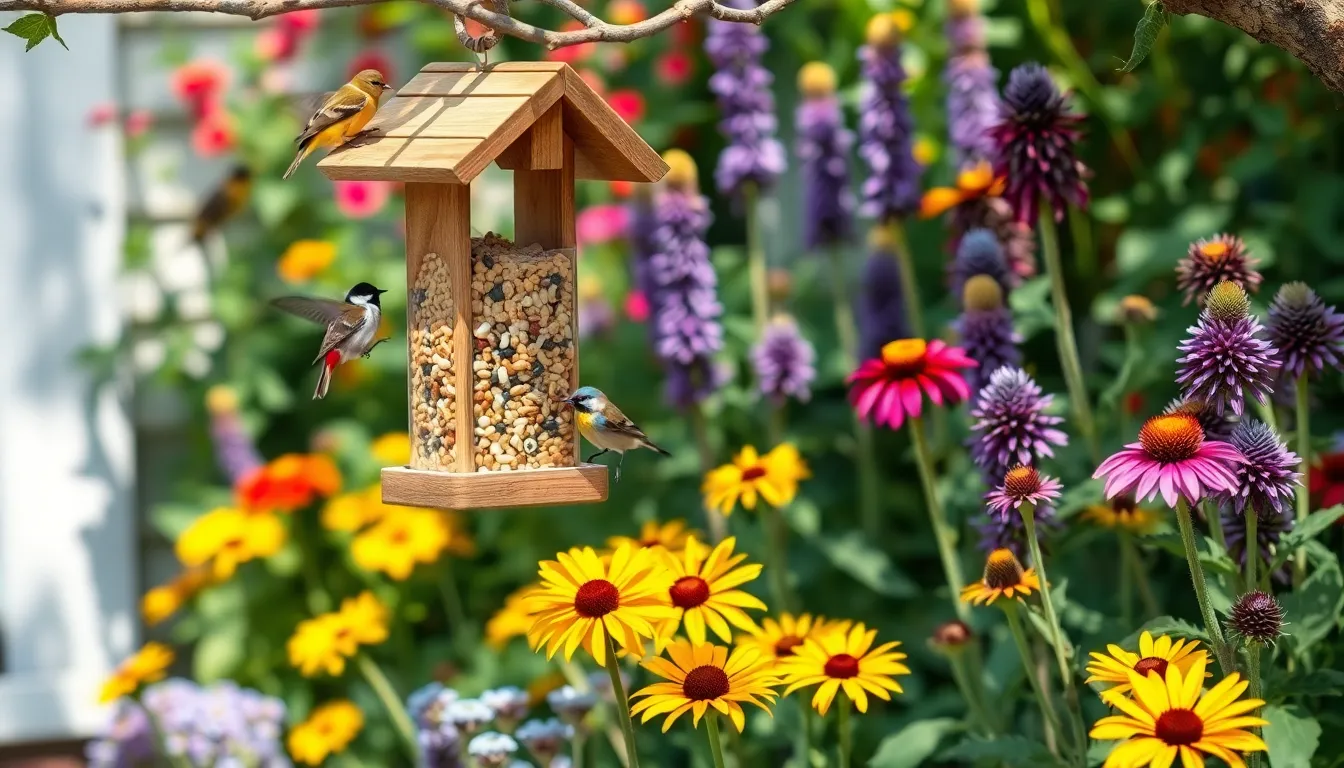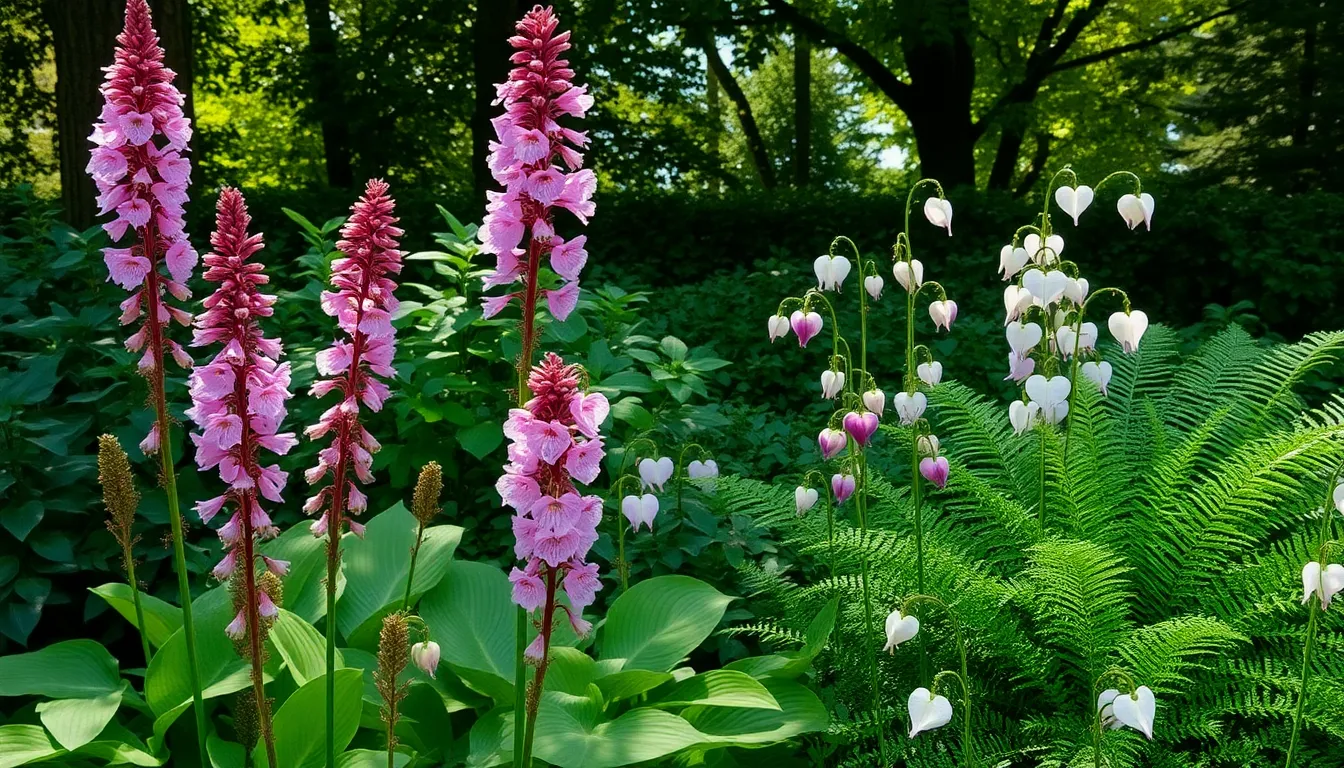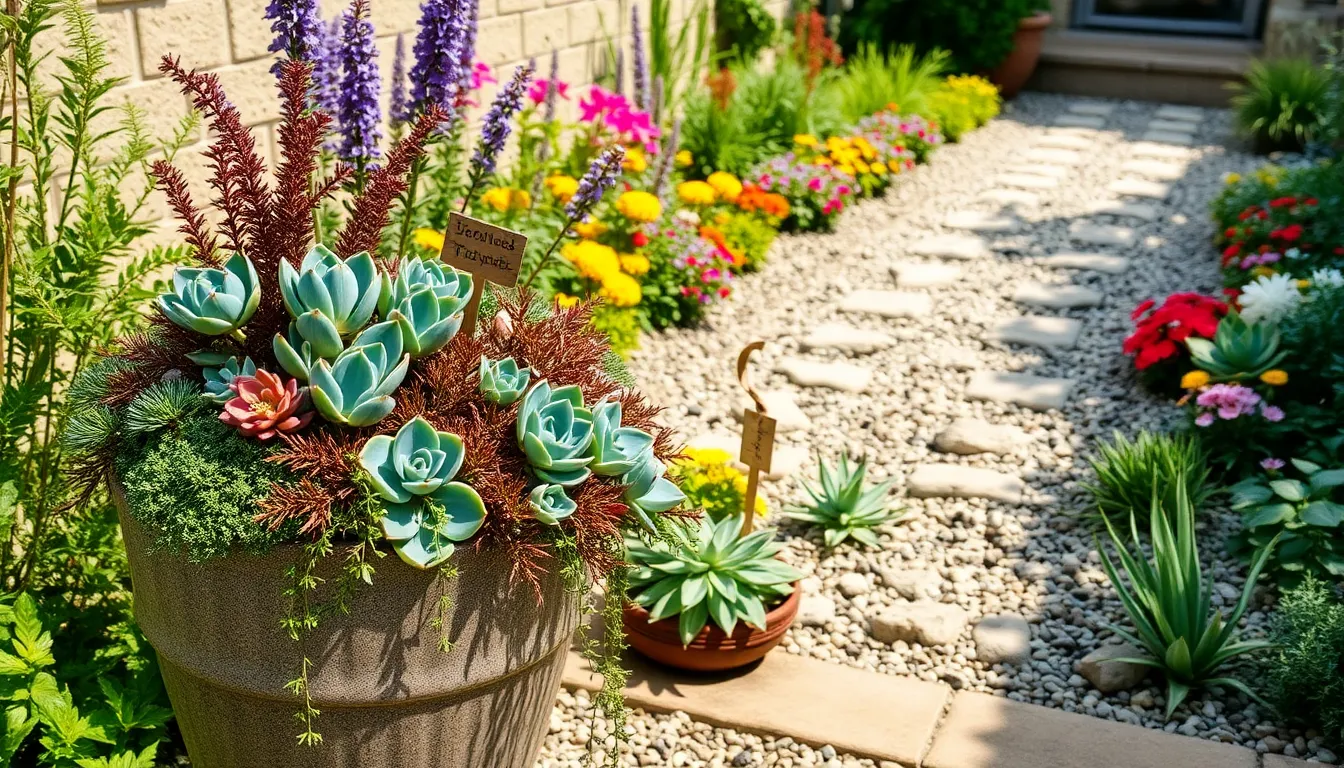In the heart of a bustling city, carving out a slice of green paradise might seem like a distant dream, but with a little creativity and planning, a small urban garden can flourish right outside your door. Whether you’re a novice gardener eager to cultivate your first tomato plant or an experienced green thumb looking to maximize a compact space, creating a thriving urban oasis is both a rewarding and achievable endeavor.
The importance of urban gardening extends beyond the personal joy of nurturing plants; it contributes to environmental health and enhances urban biodiversity. In this article, you’ll discover practical tips on selecting the right plants for your space, ingenious ways to utilize vertical and container gardening, and ideas to create a sustainable and visually stunning garden.
Equipped with the right knowledge, even the smallest balcony or windowsill can transform into a vibrant ecosystem that delights the senses. We’ll explore the tools and techniques that make urban gardening not only feasible but deeply satisfying, empowering you to cultivate beauty and greenery amidst the concrete jungle.
Assess Available Space
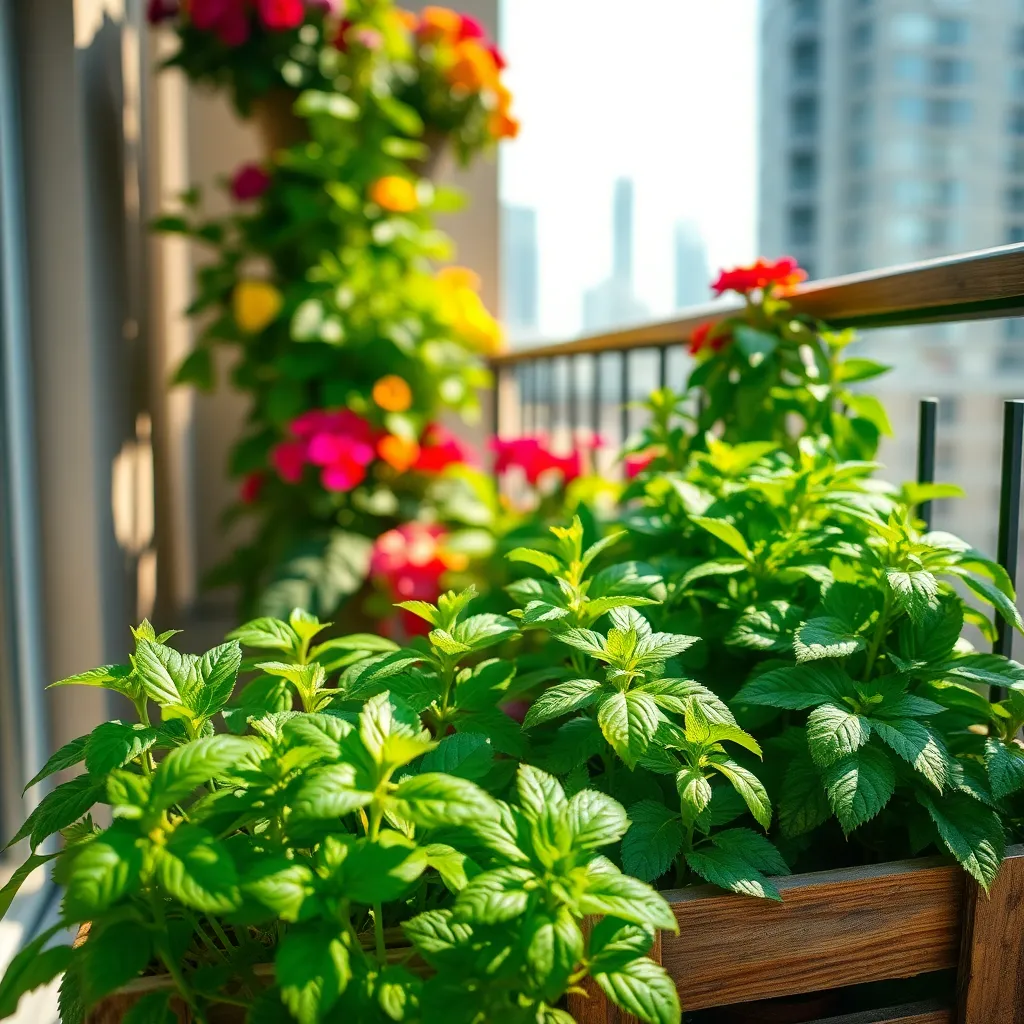
Before starting your urban garden, it’s crucial to evaluate the space you have available. Measure the area, considering both the horizontal and vertical space, to determine what types of plants and containers will fit best.
Consider the amount of sunlight your space receives throughout the day. Most vegetables and flowering plants need at least six hours of direct sunlight, so choose a spot that meets this requirement or opt for shade-tolerant plants if needed.
To make the most of limited space, think vertically by using trellises or wall-mounted planters, which allow you to grow more in smaller areas. This technique is particularly effective for vining plants like cucumbers or tomatoes, which can climb and save ground space for other crops.
For those with balconies or patios, container gardening is an excellent option. Choose containers with good drainage and fill them with a high-quality potting mix that retains moisture but drains well, which is essential for healthy root growth.
Select Suitable Containers
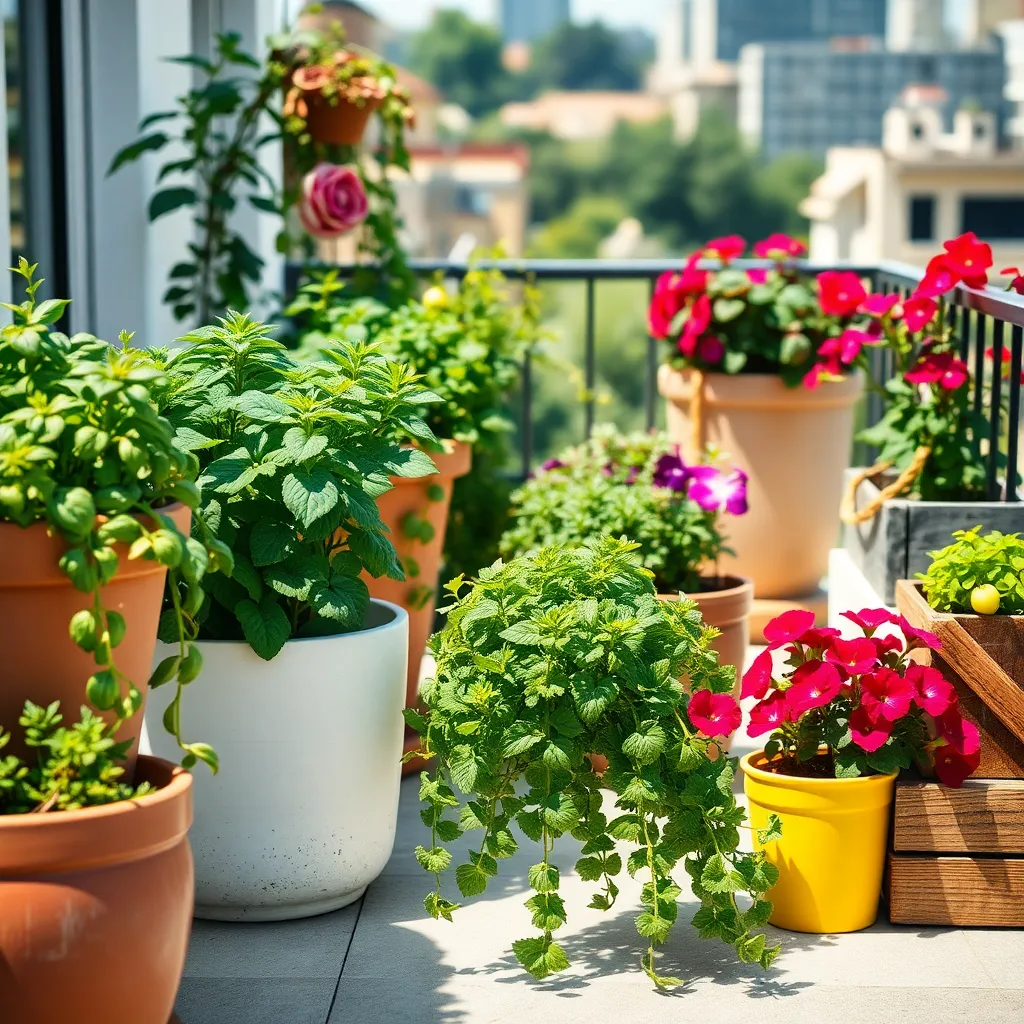
Choosing the right containers is essential for a thriving urban garden. Consider the size of your plants and their root systems when selecting containers, ensuring that they have enough space to grow.
Different materials offer varied benefits, so think about your climate and plant needs. Terracotta pots are ideal for dry environments as they allow the soil to breathe, while plastic containers retain moisture better, making them suitable for hotter climates.
Ensure your containers have adequate drainage to prevent waterlogging. Drill additional holes in the bottom of pots if necessary, and use a suitable potting mix that retains moisture yet drains well, such as a blend of peat, perlite, and vermiculite.
Advanced gardeners might consider self-watering containers, which can help maintain consistent moisture levels. These are especially useful if you’re not able to water your plants regularly, as they can reduce the risk of both overwatering and underwatering.
Choose Urban-Friendly Plants
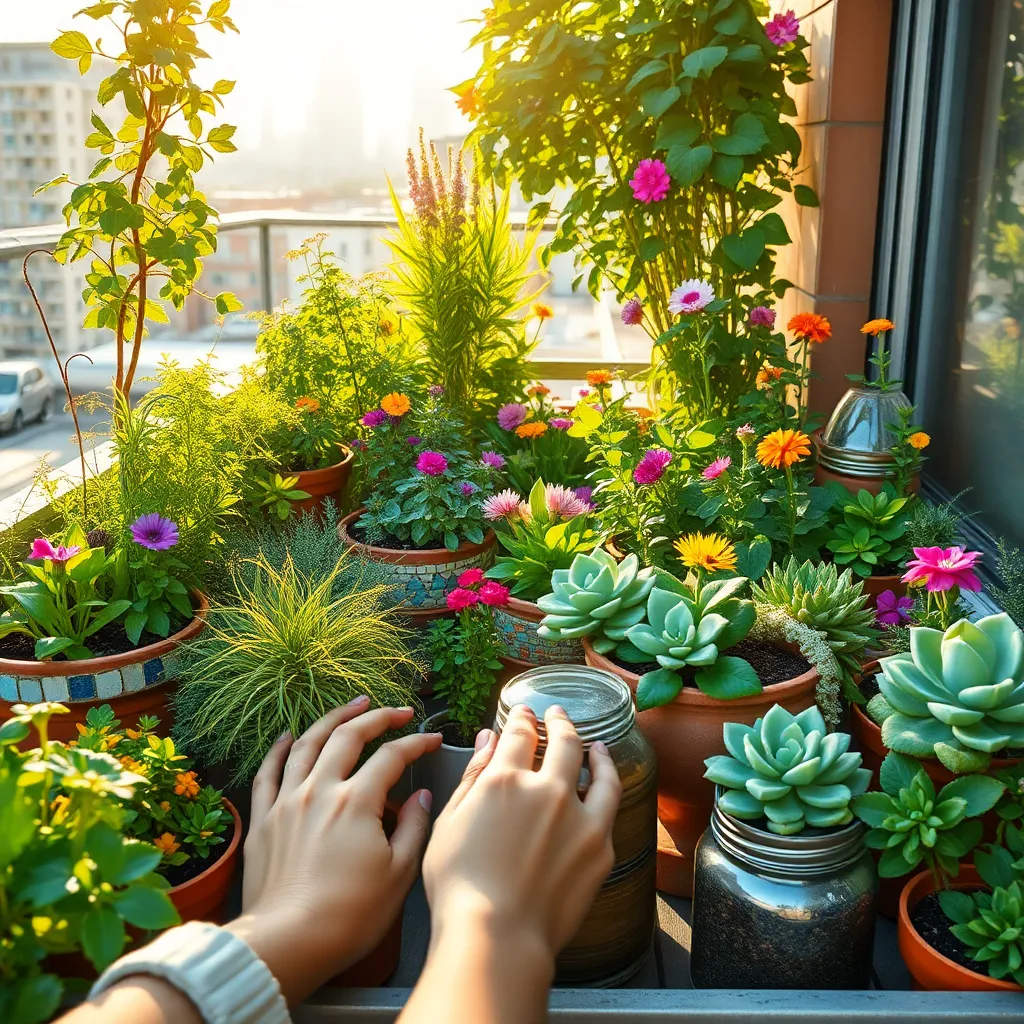
When selecting plants for your urban garden, prioritize those that thrive in limited space and variable conditions. Herbs like basil, mint, and parsley are excellent choices as they are compact and can be harvested regularly.
Consider opting for plants that are known for their resilience to urban pollution and shade. Ferns and pothos are great for beginners, as they adapt well to indoor environments and need minimal sunlight.
For those with a bit more experience, try growing dwarf fruit trees like lemon or fig trees, which can produce fruit in containers. Ensure they receive at least six hours of sunlight daily and water them consistently to maintain soil moisture.
To ensure your plants flourish, use a high-quality potting mix that retains moisture yet drains well. Adding perlite or vermiculite can improve aeration and prevent root rot, especially in small containers.
Prepare and Enrich Soil
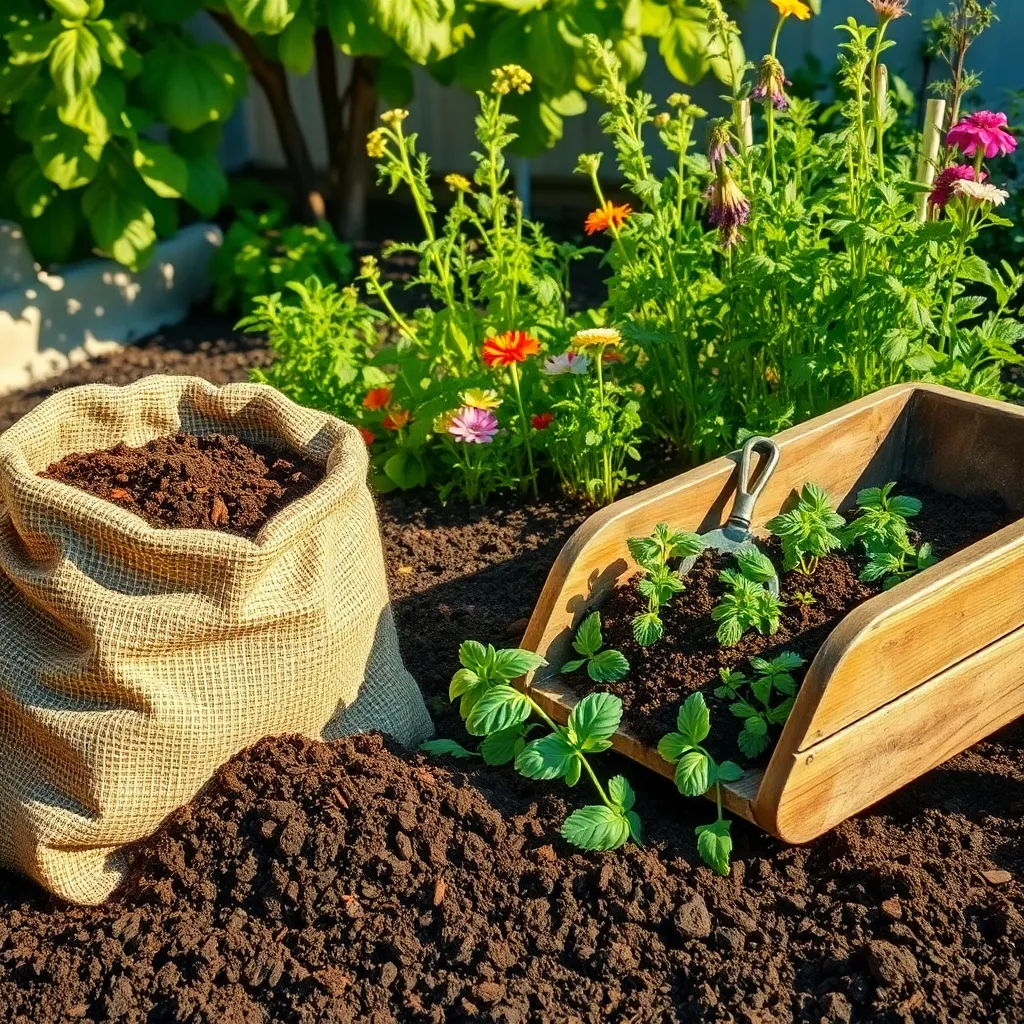
To build a thriving small urban garden, it is essential to start with the right foundation by preparing and enriching your soil. Begin by clearing your chosen area of any debris, weeds, or old plant material, which can harbor pests and diseases.
Next, test your soil’s pH and nutrient levels with a home testing kit available at most garden centers. This will help you determine what kind of amendments your soil might need, such as lime to raise pH or sulfur to lower it.
Incorporating organic matter is key to improving soil structure and fertility. Compost is an excellent amendment, providing a wealth of nutrients and improving drainage and aeration.
When adding compost, aim for a layer about two inches thick, and mix it into the top six inches of soil. This method ensures that nutrients are accessible to plant roots as they grow.
For those looking to take their soil enrichment to the next level, consider using cover crops like clover or vetch during the off-season. These plants add nitrogen to the soil and improve its texture, enhancing growth conditions for your main crops.
Lastly, maintain soil health by practicing crop rotation and avoiding monoculture in your garden beds. This prevents nutrient depletion and reduces the risk of soil-borne diseases, allowing your urban garden to thrive year-round.
Implement Efficient Watering System
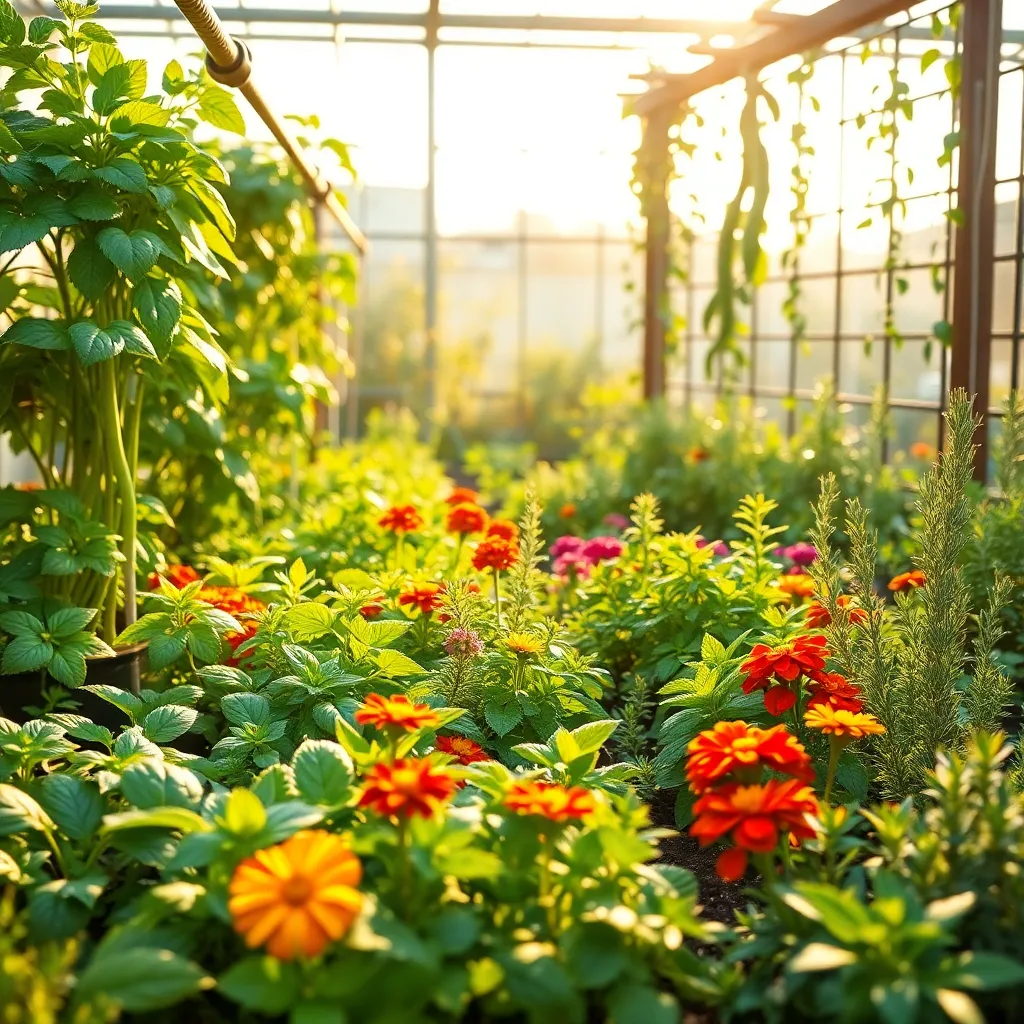
Implementing an efficient watering system is crucial for thriving urban gardens, especially with limited space and resources. Start by evaluating the specific needs of your plants; most vegetables require about one inch of water per week, including rainfall.
Consider using a drip irrigation system for precise and water-efficient irrigation. This system delivers water directly to the plant roots, reducing evaporation and ensuring that plants receive adequate moisture.
For container gardens, make sure each pot has drainage holes to prevent waterlogging, which can lead to root rot. You can also place saucers under pots to catch excess water, allowing plants to absorb it as needed.
Automating your watering schedule with a timer can save both time and effort, especially for busy urban gardeners. Set it to water in the early morning or late evening to minimize evaporation and maximize absorption.
Conclusion: Growing Success with These Plants
In nurturing your small urban garden, you’ve also cultivated essential relationship skills. Firstly, you’ve learned the importance of communication—just as plants need the right conditions, your relationships thrive on open dialogue. Secondly, you’ve embraced patience, understanding that growth in both gardens and relationships takes time. Thirdly, you’ve discovered the importance of mutual support, realizing that just like plants need water and sunlight, relationships require consistent care and attention. Fourthly, adaptability has been key, as both gardens and relationships demand flexibility in the face of challenges. Lastly, celebrating small victories, whether a blooming flower or a shared moment, fuels long-term happiness.
As a next step, take a moment today to apply one of these principles in your personal connections. Perhaps start a conversation that fosters deeper understanding or celebrate a small success with a loved one. Remember to bookmark this article as your go-to guide for both gardening and relationship growth.
The seeds of your efforts today are the blooms of tomorrow’s flourishing relationships. Embrace these concepts, and you’ll find that both your garden and your connections will thrive beautifully. Here’s to your continued growth and success! 🌱💚

